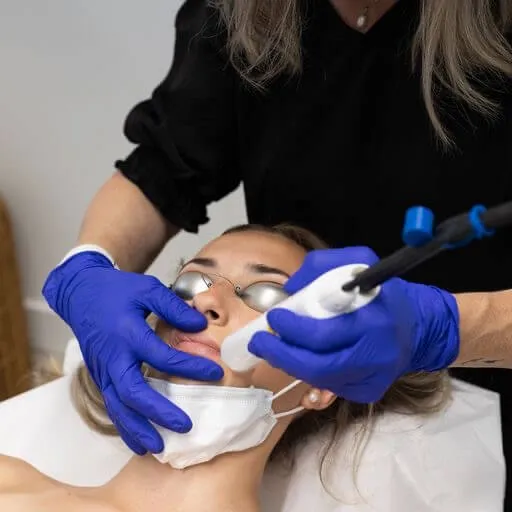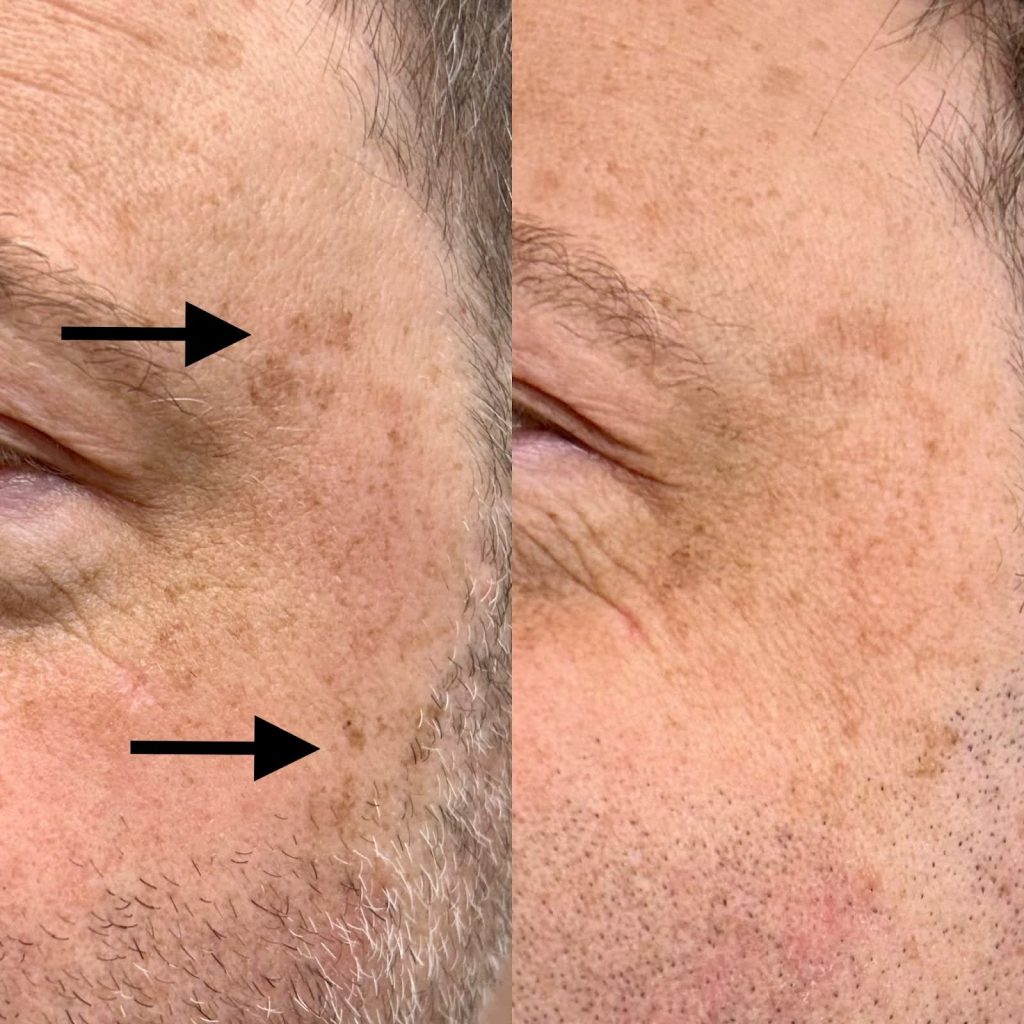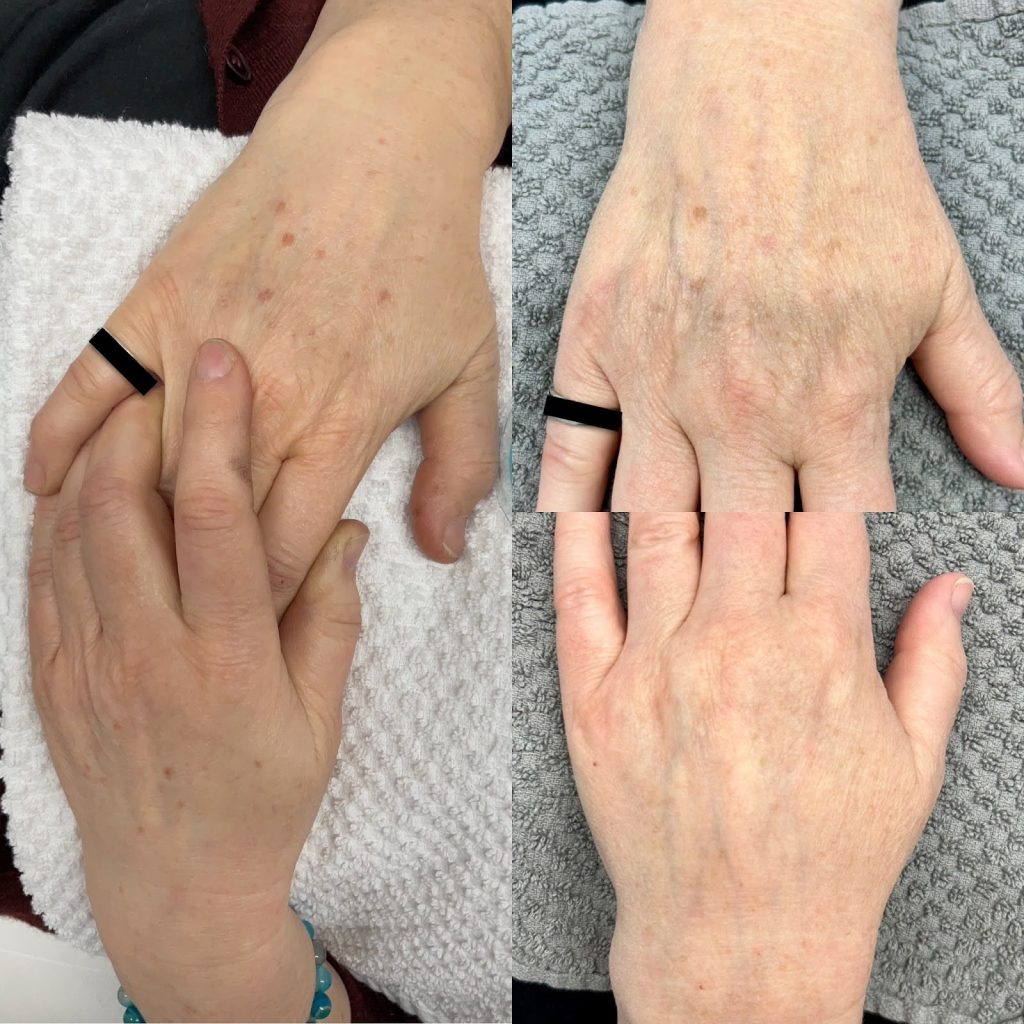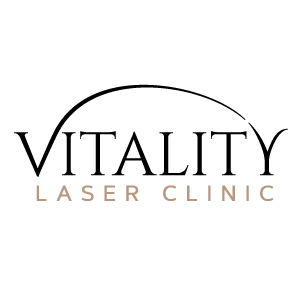Clearer Skin — So You Don’t Always Have to Cover It Up
Uneven skin tone, dark patches, or melasma can leave you feeling like makeup is your only option. At Vitality Laser Clinic in Victoria BC, we use advanced Alexandrite laser technology, chemical peels, and medical-grade skincare to safely fade discoloration — so you can feel confident without having to hide behind foundation every day.





